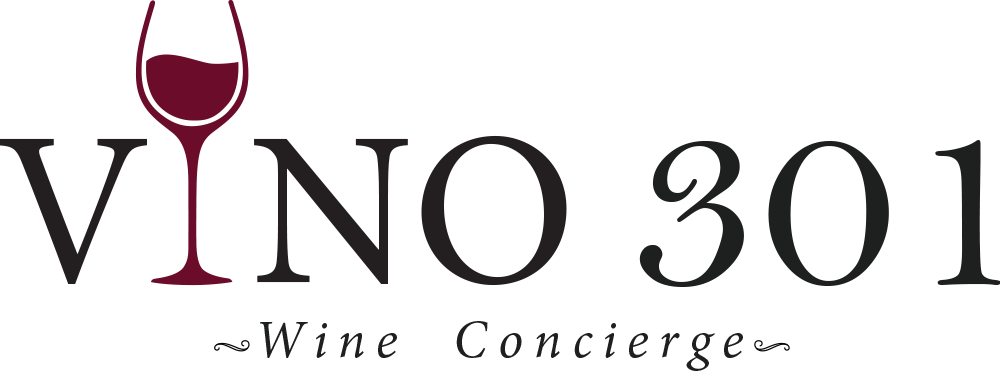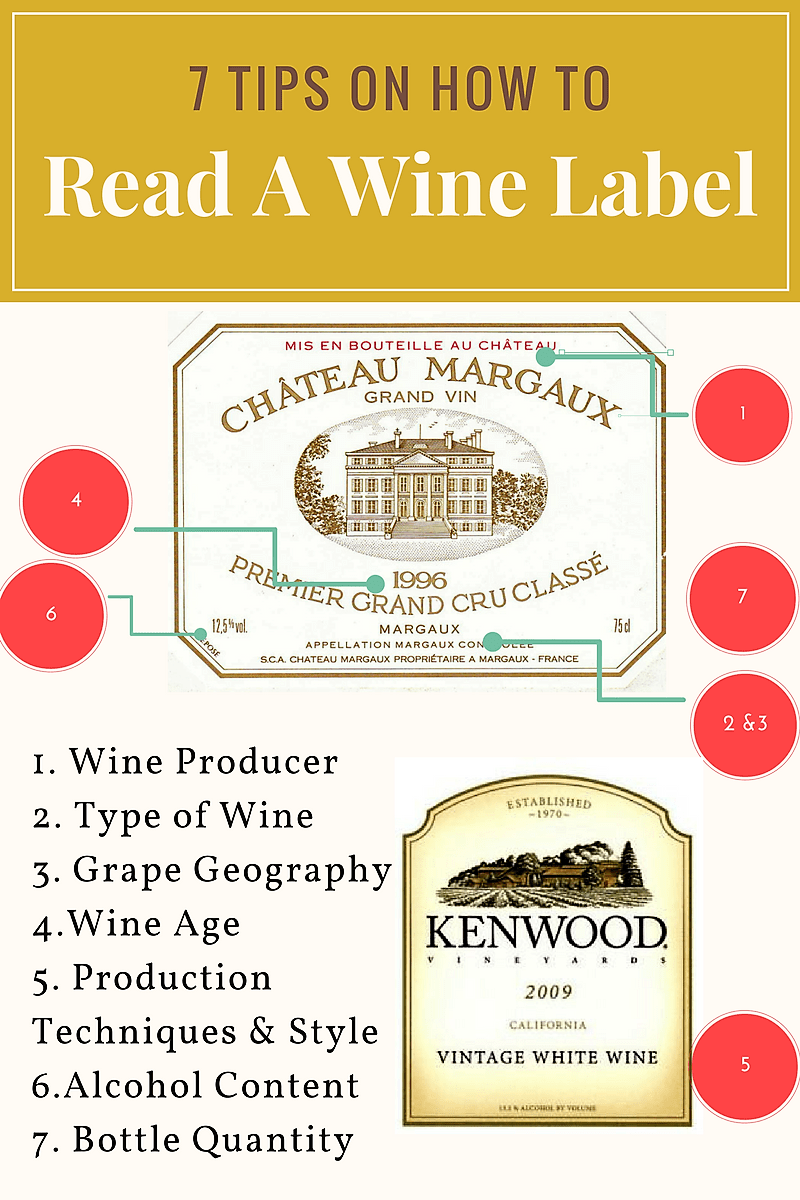How To Read a Wine Label
YOUR GUIDE TO HOW TO READ A WINE LABEL
Can you judge a wine by its label? So many eye-catching labels…beautiful colors, traditional prints, contemporary graphics are inviting you to purchase the wine. The prettier the label, the better the wine, right? I wish.
Selecting a bottle wine no longer has to be a guessing game. Here are a few simple tips on how to read a wine label to help you navigate the wine aisles.
1. WINE PRODUCER
The name of the producer will be found on the label. Terms like grown, produced, and bottled by, guarantees that the winery named on the label grew the grapes and produced and bottled the wine, making it a complete estate wine. Produced and bottled by on the label indicates the winery crushed the grapes and made the wine. Wine fermented elsewhere, the phrase on the label may say cellared and bottled by. Made and bottled by unveils that the winery used grapes it crushed, along with wine that was fermented elsewhere.
2. TYPE OF WINE
Single varietal – The wine was made entirely or predominately from one grape when it listed on the label.
Blends – Two or more grape varieties are listed, the wine is a blend of those grapes.
European wines – The region or appellation of origin is listed instead of a grape variety. Knowing the region will help you determine the grape varietal. Chablis, for example, is listed on the label, a region in France and the varietal is Chardonnay. Good news, more and more winemakers are listing both, region and varietal.
3. GRAPE GEOGRAPHY
The growing area or appellation noted on the label provides the source of the grapes used to make the wine. The more specific the designation of where the grapes were grown, the higher the quality of the wine. European wines will have Geographic Indications (GI).
4. WINE AGE
The wine age is the vintage. Vintage date is the year the grapes were harvested. If the date is not displayed, NV (non-vintage) may appear on the label.
5. PRODUCTION TECHNIQUES AND STYLE
There are common terms found on the label to indicate the production techniques and style.
Barrel Aged– Wines aged in barrels prior to bottling. This gives wine oak flavors. New oak barrels give a wine more oak flavors. The label will state “new”. The wine will have pronounced oak flavors.
Barrel Fermented – White wines fermented in barrel gives a better integration of oak flavors in the wine.
Cuvee – Describes a specific blend or selection. It could be a blend of different varieties, regions, vintages, or different barrels. Cuvee is used to identify the better wines in its sector.Oaked – Oak was used in the aging process, either by oak vessels, wood chips, or oak staves.
Estate – Grapes grown on the vintners own land. France labels will state chateau- or domaine. Specifically, phrases such mis en bouteille au chateau on a Bordeaux wine and mis en bouteille au domaine on a Burgundy wine are displayed.
Merchant – The vintners blends together wines or grapes bought from other winemakers and grape farmers.
Old Vines – Generally produces a lower yield and higher quality grapes.
Organic – Wines made from grapes grown without synthetic fertilizers, and herbicides.
Reserve – Indicates a superior quality of wine or wines a period of aging. Private reserve, special selection or barrel select are other terms used to indicate reserve.
Unfined/Unfiltered – This is the process of removing anything that may cause haziness. Wine that form deposits in the bottle as they age are not fined or filtered.
6. ALCOHOL CONTENT
The alcoholic strength of the wine express as alcohol by volume (abv). It is shown by percentage by volume. The stronger wine usually has a higher the percentage of alcohol.
7. BOTTLE QUANTITY
Volume is the amount of wine in the bottle. The size of a standard bottle is 750 ml, which is about 25 fluid ounces. The quantity is usually given in milliliters. American wine list the volume on the back and European bottles display volume on the front label.
CONGRATULATIONS YOU ARE A PRO!
Now that you are a pro, you can purchase your next bottle of wine with confidence. Thanks for taking time to read our tricks of the trade, and thanks again for joining our mailing list!

